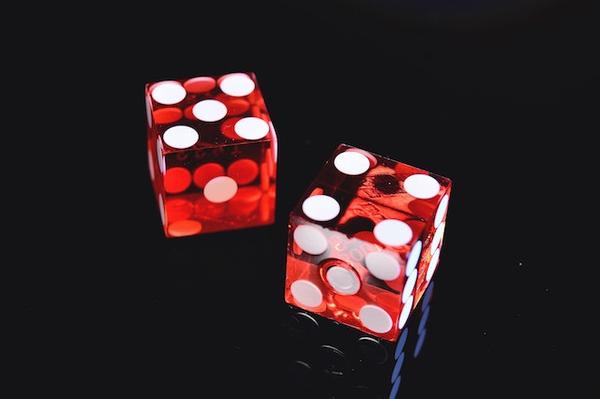Summary of Deep Clustering Using the Soft Silhouette Score: Towards Compact and Well-separated Clusters, by Georgios Vardakas et al.
Deep Clustering Using the Soft Silhouette Score: Towards Compact and Well-Separated Clusters
by Georgios Vardakas, Ioannis Papakostas, Aristidis Likas
First submitted to arxiv on: 1 Feb 2024
Categories
- Main: Machine Learning (cs.LG)
- Secondary: Computer Vision and Pattern Recognition (cs.CV)
GrooveSquid.com Paper Summaries
GrooveSquid.com’s goal is to make artificial intelligence research accessible by summarizing AI papers in simpler terms. Each summary below covers the same AI paper, written at different levels of difficulty. The medium difficulty and low difficulty versions are original summaries written by GrooveSquid.com, while the high difficulty version is the paper’s original abstract. Feel free to learn from the version that suits you best!
| Summary difficulty | Written by | Summary |
|---|---|---|
| High | Paper authors | High Difficulty Summary Read the original abstract here |
| Medium | GrooveSquid.com (original content) | Medium Difficulty Summary This paper proposes a novel approach to deep clustering, an unsupervised learning technique that extracts valuable insights from unlabeled datasets using neural networks. The authors introduce soft silhouette, a probabilistic formulation of the silhouette coefficient, which rewards compact and distinctly separated clustering solutions. They also present an autoencoder-based architecture for optimizing the soft silhouette objective function. The proposed method is tested on various benchmark datasets, yielding satisfactory clustering results. |
| Low | GrooveSquid.com (original content) | Low Difficulty Summary This paper helps us better understand how to group similar things together without knowing what they are. It uses special computer programs called neural networks to find patterns in big data sets. The authors came up with a new way to make these programs work by using something called soft silhouette. This helps the programs create clear groups that are close together and different from each other. They also created a special tool to help the program learn how to do this. The results show that their method works well on different data sets. |
Keywords
* Artificial intelligence * Autoencoder * Clustering * Objective function * Unsupervised




